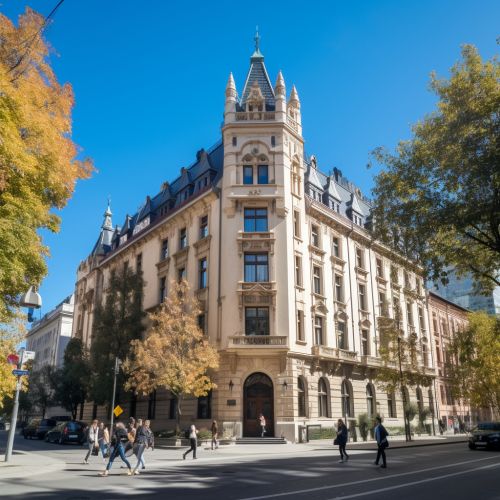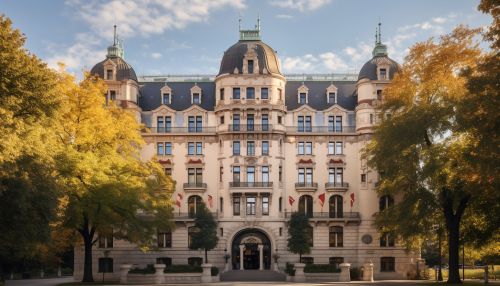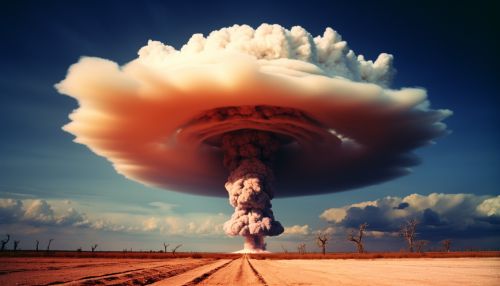Edward Teller
Early Life and Education
Edward Teller was born on January 15, 1908, in Budapest, Hungary. He was raised in a Jewish family and had a passion for mathematics from a young age. Teller attended the University of Karlsruhe in Germany, where he studied chemical engineering. However, his interest in physics led him to transfer to the University of Munich to study under Arnold Sommerfeld, a renowned theoretical physicist. He later moved to the University of Leipzig, where he earned his doctorate in physics in 1930 under the guidance of Werner Heisenberg, a pioneer in quantum mechanics.


Career and Research
In 1935, Teller moved to the United States, where he began teaching at George Washington University. His early research focused on quantum mechanics, and he made significant contributions to the field, including the Jahn-Teller effect, which explains how molecular geometry can be affected by electron configuration.
During World War II, Teller was invited to join the Manhattan Project, the U.S. government's secret project to develop the atomic bomb. He was initially assigned to work on the problem of isotope separation, a crucial step in producing the fissionable material for the bomb. However, Teller became more interested in the possibility of creating a "super" bomb, a weapon that would use nuclear fusion, rather than fission, to release its destructive energy. This idea would later become the basis for the hydrogen bomb.
Hydrogen Bomb Development
After the end of World War II, Teller continued to advocate for the development of the hydrogen bomb. He believed that the Soviet Union would soon develop its own atomic bomb, and that the United States needed to maintain its nuclear superiority. Despite opposition from many of his colleagues, Teller's persistence eventually convinced President Harry Truman to authorize the development of the hydrogen bomb in 1950.
Teller's work on the hydrogen bomb was controversial. Many scientists, including Robert Oppenheimer, the director of the Manhattan Project, believed that the development of such a weapon was morally wrong and could lead to a dangerous arms race. Teller's advocacy for the hydrogen bomb led to a rift between him and many of his colleagues, a rift that was exacerbated when he testified against Oppenheimer during the latter's security clearance hearing in 1954.
Despite the controversy, Teller's work on the hydrogen bomb was successful. The first successful test of a hydrogen bomb, codenamed "Ivy Mike," was conducted on November 1, 1952. The explosion was far more powerful than any previous nuclear weapon, and it marked a new era in the history of warfare.


Later Life and Legacy
After the successful test of the hydrogen bomb, Teller continued to work in nuclear research. He was instrumental in the establishment of the second laboratory for the Atomic Energy Commission, which later became known as the Lawrence Livermore National Laboratory. Teller served as the director of the laboratory from 1958 to 1960, and he continued to work there as a senior research fellow until his retirement in 1975.
Teller's work had a significant impact on the field of nuclear physics and on the history of the 20th century. His research contributed to the understanding of quantum mechanics and nuclear reactions, and his advocacy for the hydrogen bomb played a crucial role in the Cold War. However, his role in the development of nuclear weapons and his testimony against Oppenheimer have made him a controversial figure.
Teller died on September 9, 2003, in Stanford, California. His legacy continues to be a subject of debate among historians and scientists.
